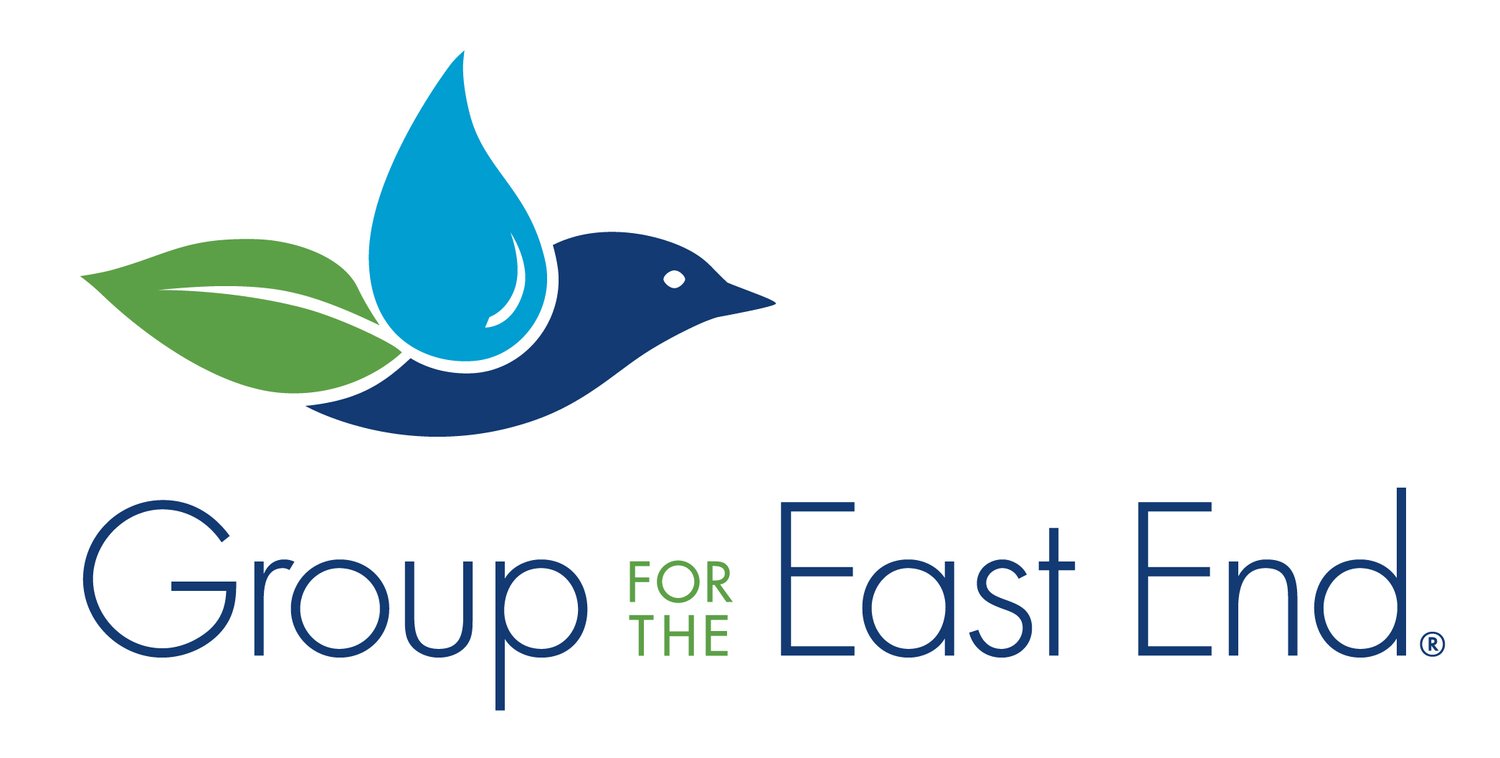The Amazing Alewife
GUEST POST BY LAUREN SCHEER, PECONIC ESTUARY PARTNERSHIP EDUCATION AND OUTREACH COORDINATOR
Alewife at Woodhull, photo by Byron Young
The Peconic Estuary Partnership (PEP) and our partners monitor a very important fish called the alewife, a type of river herring that is both ecologically and economically important. This fish has a significant role in the food chain and brings nutrients to our ecosystems. Alewife travel all the way from the ocean through our bays, just to visit our freshwater rivers to spawn, and we want them to succeed! We are working to restore over 300 acres of freshwater spawning habitat and increase the Peconic River alewife population one fish passage at a time. These fish passages allow fish to get through barriers that prevent them from getting upstream to their ideal spawning habitat.
Map of freshwater area available to diadromous Fish in Peconic River
The Peconic River, a major alewife run, provides crucial habitat but also some challenges. The red circles on this map represent the dams along the Peconic River that prevent fish from traveling upstream, and the green triangles represent the completed fish passage projects that allow the fish to pass through. The dams at Grangebel Park and Edwards Avenue are the first two dams that have completed fish passages. For a second year, an underwater video camera was installed at Grangebel Park to help us count how many fish are using the fish passage to get upstream. This is a great way to see how our efforts pay off. In 2019, it was estimated that 34,596 fish used the fish passage to get past the dam!
Our work with our partners and the future plans for these other dams are outlined on the PEP’s Progress in Diadromous Fish Restoration webpage.
Because of the Volunteer River Herring Fish Survey led by Seatuck Environmental Association, Peconic Estuary Partnership, and Long Island Sound Study, 26 remnant alewife runs have been found, which has led to 14 completed fish passage projects (and counting) around the Island. This survey occurs between March and May and has about 50 to 100 citizen scientists a year monitor 50 tributaries across Long Island. Monitoring programs like these allow us to understand a species’ population and habitat, which in turn allows us to identify needs for protection or restoration efforts.
You can check out Seatuck’s website to find where sightings of river herring have been seen this 2020 season. Want to get involved? You can also explore their interactive map of rivers that you can visit to help us monitor. Record your sightings in Seatuck’s 2020 River Herring Online Survey.
If you are unsure of what to look for when monitoring for alewife, Peconic Estuary Partnership has a recorded training workshop on our Vimeo page to inspire you to get started!


